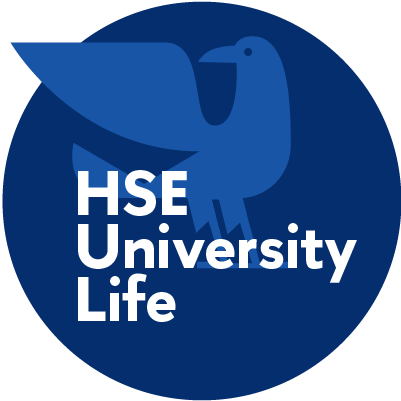- A
- A
- A
- ABC
- ABC
- ABC
- А
- А
- А
- А
- А
The Number of Active MS Teams Users at HSE University Exceeds 30,000
© iStock
386,000 messages, 10,000 active channels and more than 300 organized meetings. These are just some of the results of the first month of using MS Teams at HSE University.
‘MS Teams has proven itself as a communication tool for distant work,’ says Sergey Bykov, Director of the Digital Transformation Centre. – ‘We see great potential in using it alongside our other tools to support the educational process and knowledge management.’
According to Boris Linetsky, Head of the Technical Systems Infrastructure and Services Unit of the Office of Information Technology, following the transfer to the new version of the corporate email system in MS Teams, faculty and staff will be able to access the ‘Calendar’ tool. The IT Office also plans to integrate MS Teams into various HSE services.
Facts and Figures
368 147 MESSAGES
SENT BY HSE EMPLOYEES AND STUDENTS TO EACH OTHER IN MS TEAMS FOR THE FIRST MONTH
10 678 CHANNELS
FOR COMMUNICATION ORGANIZED IN IN MS TEAMS HSE
30 271 ACTIVE USERS
WERE RECORDED IN MS TEAMS HSE ON MONDAY, APRIL 20
The MS Teams platform was introduced at HSE after students switched to distant learning as a result of the threat of COVID-19 infection. This followed an instruction by the HSE Rector on March 16, 2020. The service is free to HSE staff and students, and helps them to organize team work, chat, edit files together, write notes, and make appointments.
‘Of course, there is no such thing as the perfect tool. MS Teams has been criticized by some of our colleagues when they use it for lecture sessions, ‘ says SergeyBykov. ‘However, analyzing the statistics of MS Teams usage at HSE, we can come to the conclusion that MS Teams has proved to be very useful.’
We asked HSE employees whose active channels on this platform were ranked in the top 5 by the number of participants to share their first impressions of working in MS Teams.
Igor Kim
Assistant Professor at the Department of Theoretical Economics
His channel in MS Teams is in the top 5 by the number of participants (more than 250 people)
The first week was a shock. We just didn't have any idea about these kinds of tools before. I'd never worked in MS Teams, and only participated in a Zoom conference once in my life, although I had some conference experience of Webinar.ru. To master this software we attended masterclasses organized by HSE University.
Together with our colleagues, we carried out a major reorganization. Previously, we were all dependent on classrooms, and by switching to the remote mode, we managed to make the schedule more convenient and compact: lectures were organised one after another at the beginning of the week, followed by seminars. I’d particularly like to thank Irina Borbat and Natalya Odnodvortseva for their help in this. Then we made a calendar and a topic plan. Students can see what week and what topic we will be studying. We carried out a brainstorming session and came up with a format for seminars. Students analyze the tasks themselves in the seminars, then they take surveys on using the Socrative platform (the tasks are similar, but each has its own parameters). Every Tuesday I organize tests. I immediately check them and give feedback. As a result of all these changes, attendance is close to 100%, and overall performance is similar to before switching to distance learning.
On the downside, there is a lack of eye contact and body language, and it is difficult to draw graphs without a tablet. I have to adapt and improvise, so for example, I prepare formulas and drawings in Word in advance, We have also found video recordings of lectures made several years ago, finalized them, and posted them for viewing.
Maria Gordenko
Senior Lecturer at the School of Software Engineering
Organised an MS Teams channel in September 2019
In September, we launched the course ‘Group Dynamics and Communication in Software Engineering Professional Practice’ (for about 150 students) for 2nd-year undergraduate students. It covers the basics of team development of a software project. The experience of previous years showed us that we needed a tool for convenient monitoring of student performance. The MS Teams cloud platform proved to be the best solution, since it is available for all HSE faculty and students, and combines chat, meetings, notes, attachments, etc. in our workspace, and supports seamless integration with all Office365 subscription services, as well as various tools for teamwork (Gitlab, Github, Trello, etc.).
Initially, we didn’t consider this platform as a place for organizing lectures, it was just a convenient tool for communicating with students: lectures, tasks with deadlines, tests, intermediate control assessments were located in one single space, and all messages were divided into channels, which, if necessary, were automatically duplicated to the students' corporate emails.
In March, when we faced the necessity of switching to online learning, we had no doubts when choosing a platform for organizing lectures. MS Teams has proved to be good for conducting lectures and seminars, and even defending team homework. In March 2020, this platform was used to deliver another course – ‘Programming’ (for about 250 students), where I give seminars.

